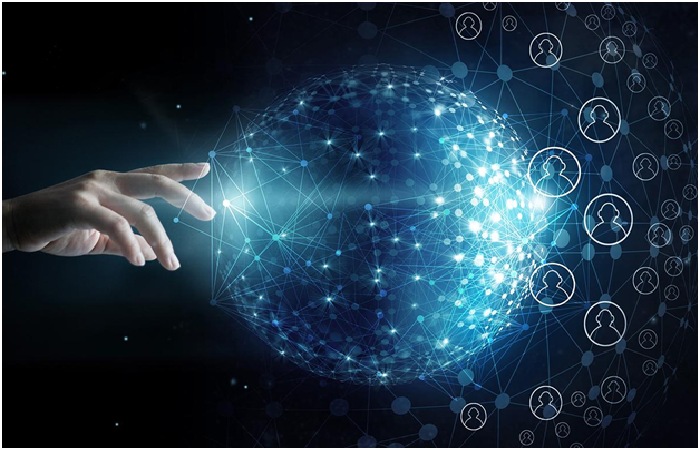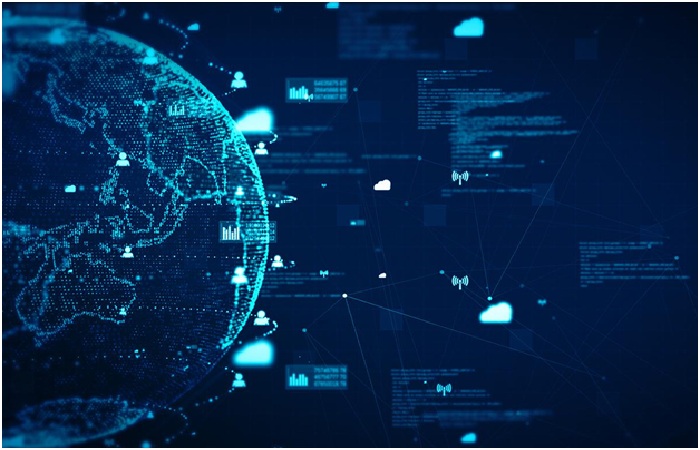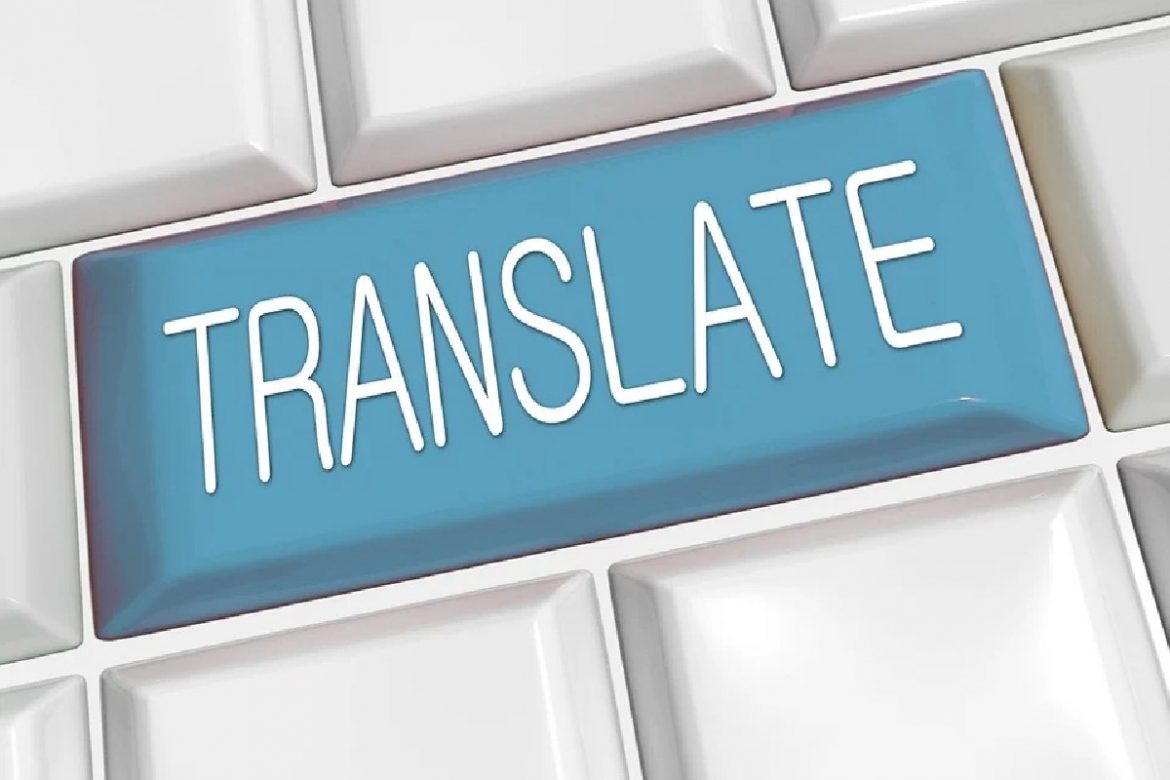Data Science, Data Scientists, and Data Translators
The Data Translator’s Data: What They’re Telling Us About – In order to talk about data translators, we must first cover data science. Data science is the field and study of data. It’s related to the mathematical field, Statistics, but it is a science of its own that includes scientific methodology with the data-gathering processes. Computer science is the study of computers, so that includes programming and development, coding and optimizing codes, designing and integrating apps and programs; meanwhile, the fairly new field of data science is an approach that combines both computer science and statistics, so gathering, collecting, and organizing data, posing difficult questions and finding answers in large scale data analysis, providing trends and insights on all online industries, and making scientific predictions based on data. The people who do this are called data scientists.
So, as you know, there are already data scientists, so what is the need for the data translator?
Table of Contents
How is the role of the data translator?
Data translators are the go-between scientists and non-scientists, such as business stakeholders or government officials. They translate huge amounts of data gathered by the data scientists to simple terms everyone can understand. Businesses primarily interact with data translators to gain insight into trends presented by data scientists or data engineers. Remember, data scientists are dealing with and analyzing huge amounts of data every day. Data translators prioritize the needs of the businesses they deal with and look only at the data relevant for those business projects.
For any large scale data science project to succeed, data scientists and data engineers need to work hand-in-hand. Otherwise things can go wrong very quickly! Through data engineering boot camp, individuals will learn the essential skill and will be equipped to process both streaming data and data in offline batches. In addition, A project charter is a short, straightforward document that serves as the foundation for a project. The example project charter can ensure that everyone involved in the project has a clear idea of the project scope, objectives, and measures of success right from the get-go.
The data translator has been changing the way we do business, primarily due to the language they use, which is the language of business. They’re not coming from scientific, computer science, and engineering standpoints, though they have to understand those fields; the language they use is less specialized and technical than that. This is because their role is to make data understandable and usable, for people from all sorts of business industries like us.
The data scientist is responsible not only for gathering the relevant data for the project but also for ensuring the business model is equipped to handle the current trends and various audiences of industries.
There’s a surge in data translators or data analysts because there is a business need for this role. Data science impacts our business presence online, the technologies we use, and the clients we interact with. Data translators, who have both scientific knowledge and domain business knowledge, can bridge the gap between business and consumers in their interpretation of data trends.
For example, data translators are telling us, now, that artificial neural networks are changing, learning, and adapting.

Latest Findings By Data Translators On The Neural Network
Data translators are finding more and more information about machine translation every day. As you may know, automatic machine translation is, I would say, still in the early stages. There are inconsistencies with how it translates speech or input, and cannot pick up nuances between languages. It doesn’t have contextual and subjective interpretations in meaning that human translators do. I’ll talk a little bit about this later on, but for now, the point is that automatic translation is not perfect, not in the least.
Artificial neural networks and the human neural network, data translators say, are similar but different. First of all, artificial neural networks were developed based on scientific studies of the brain and nervous system. All the information we’ve received about machine learning and neural networks remain relayed to us by data translators.We live in an age where the human and the machine are both living simultaneously as one. Humans invented and programmed machines. The artificial neural network is built from the human neural network–the machine brain is modeled after ours.
Artificial neural network
The artificial neural network of machine translation is an information system for machine learning models. It remain modeled after the biological neural network, which forms the human brain–but only loosely, and only mathematically. For the machine, this neural network processes the information fed by the input and then determines the output.
Why remain it used in machine learning? Well, artificial neural networks have the capability to learn so quickly that the machine can remain trained to learn on its own. When it remain being trained (another word for machine learning) then it can detect patterns of data from the input neurons, which in turn triggers hidden neurons, which go to the output neurons to make the task. For this feedback process to function, there remain mathematical concepts involved. It’s learning, but at the same time, adapting, learning what’s right and what’s wrong, based on the feedback. Backprop, or this feedback process, makes the machine learn what to do correctly so that over time, it will lessen the gap between the input and the output.
Neural Machine Translation’s Effects on Human Translation

Why remain it used in translation? Well, Remember the input and output process of machine learning and the neurons firing in between? So, in very simple terms, if it’s being fed to one language (the input). It can regurgitate in another language (the output).
Machine learning and artificial neural networks form the backbone of neural machine translation. Machine translation has become integral as an industry trend. The neural network model we just talked about remain used to apply machine learning to translation. Ideally, it should learn words, learn sentences, learn the first language, then learn the second language just as well. But, ideally, it should also learn to predict accurately the words that are to come. Sounds familiar? Yes, I’m talking about Google and Google Translate.
Google Translate
Undoubtedly one of the most popular neural translation machines out there. Google Translate uses the neural network to increase its fluency between both languages and its accuracy in translation. There are many problems with Google Translate, as many of you know. But from a data science and translation perspective. It’s still training and still learning to create more nuanced translations over time. Give it time, and it will translate all your favorite idioms into a ton of different languages.
From a translation perspective, it’s still in the early stages, I believe, but it’s changing as it learns. Previously, Google Translate was using English as a backbone for translations, having mastered that initial output. It would translate to English initially, even for, say, a French-to-Spanish translation, always having English as a mediator. Another problem, previously, was when it wouldn’t translate feminine and masculine nouns in different languages. When the paradigm changed to accommodate gender bias, it suddenly became a little more capable of context.
That said, while the machines are learning, the humans are translating. Machines are still trying to become “human-level” translators. While freelancers, interpreters, and translation services are accommodating machine tasks for their daily translation needs. It’s bound to stay this way for a while. Though it is good to keep an eye on the ways that machine processes, like speech recognition, are changing the industry.


